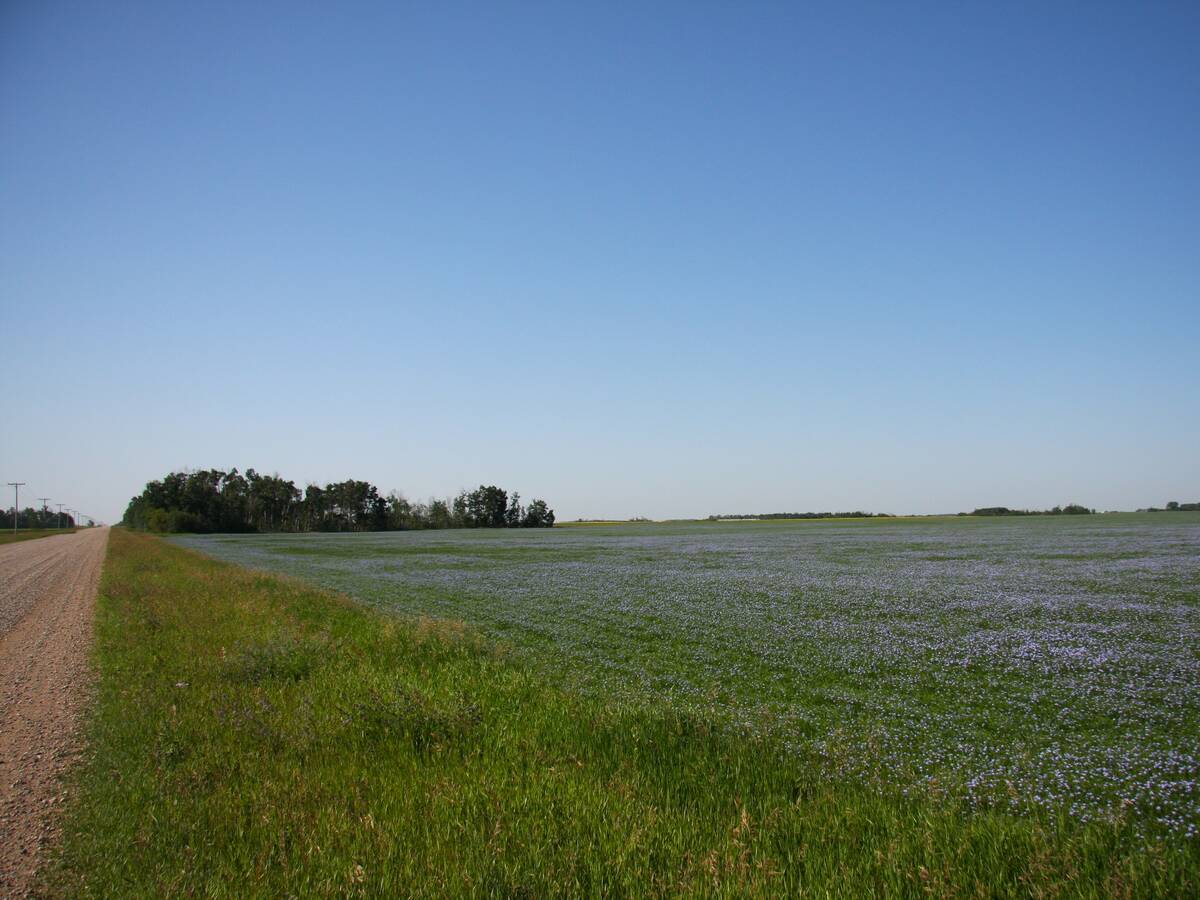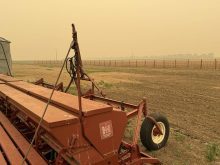ROSSER, Man. – The hops in Sandra Gowan’s garden reach four metres above the ground in some places and fill the air with scents similar to citrus and pine.
“I really like the challenge of growing different things,” said Gowan, who lives northwest of Winnipeg.
The former lab technician at the Canadian Grains Commission wants to incorporate her passion for gardening into the next stage of her career.
“I’m hoping to sell (hops) to brewing stores…. I’m also hoping to approach a couple of microbreweries in Winnipeg,” she said.
Read Also

Farmland advisory committee created in Saskatchewan
The Saskatchewan government has created the Farm Land Ownership Advisory Committee to address farmer concerns and gain feedback about the issues.
Gowan began growing hops last spring, with help from her husband, Paul, and her father, Art Morrison. They built a series of wooden posts, approximately four metres tall, and ran a thin cable along the tops of the posts. Gowan then hung baler twine from the cable to provide a growing medium for the hops, known as humulus lupulus.
There are three rows of hops in Gowan’s patch and each row is about 30 metres long. In mid-August, several vines were covered with hundreds of flowers, or hops, which look like small, green pine cones and emit a lemon-like scent.
Now in her second year of growing hops, Gowan has learned that the crop requires patience. Her first crop produced only one pound of flowers.
Brian Hunt, an alternative crop specialist with Manitoba Agriculture, said that’s normal because it takes a few years for the plant to reach its potential.
“It takes three years to get established and get to its economic yields,” Hunt said
Once the perennial is established, it can produce an enormous amount of hops annually.
“(There is) 200 lb. of flowers per plant. That’s the yield you’re targeting,” said Hunt, who explained the perennial can live for 20 to 25 years.
Hunt knows of one other grower, besides Gowan, who produces and sells hops in Manitoba. Most of the hops in North America are grown in Washington, because the plant prefers a moderate and wetter climate.
Gowan’s hops have thrived in Manitoba’s harsher conditions.
“They grow, I believe, below the 51st parallel,” she said, noting some of the varieties in her yard require 120 days to reach maturity.
Last fall, she cut the vines down to the root, placing mulch next to the plant to insulate them from the cold. Over the summer, the vines grew rapidly from a steady supply of rain.
“They’re hungry. They like a lot of compost,” said Gowan. “I’m trying to grow them organically but I’m not certified organic.”
Hunt said the most difficult part of growing hops is removing the hundreds of flowers from the vine.
“(It’s) incredibly labour intensive. When you’re harvesting hops, you have to do it by hand.”
Last year, Gowan sold her small crop to a brewing club called the Winnipeg Brew Bombers. But finding other markets may prove difficult because Winnipeggers, unlike other Canadians, haven’t developed a taste for microbrews.
“We do have some brew shops…. But we haven’t struck it rich with microbreweries in this province…. They don’t seem to fly,” Hunt said.
There is also the option of selling to breweries in the city in future.
“My brewery is set up to use pelletized hops,” said David Rudge, president and brew master of Half Pints Brewery, one of two breweries in Winnipeg. But a machine to turn dried hops into pellets is expensive and likely financially unfeasible for one or two growers, Rudge said.
He said a small industry was possible if more people give hops a try and if more microbreweries open in the city.
———
$1,000















